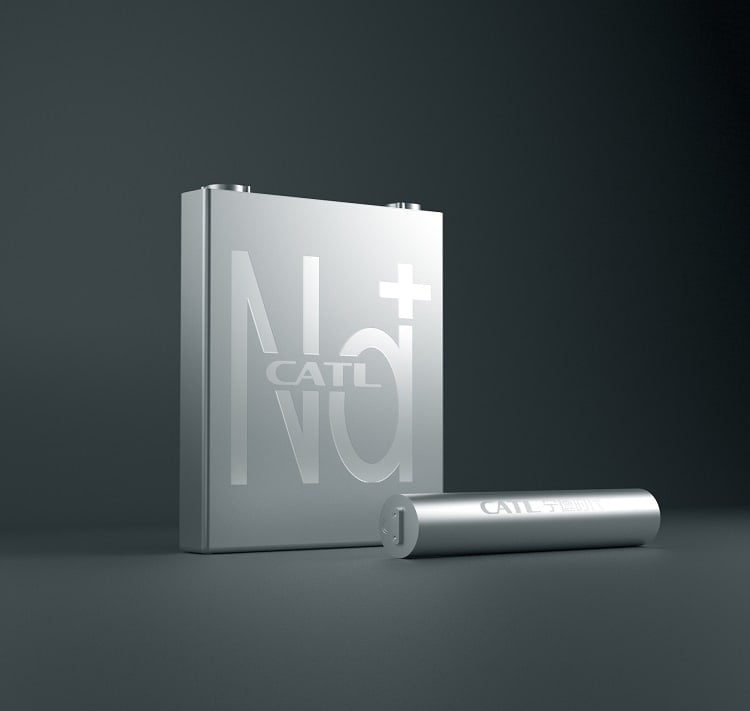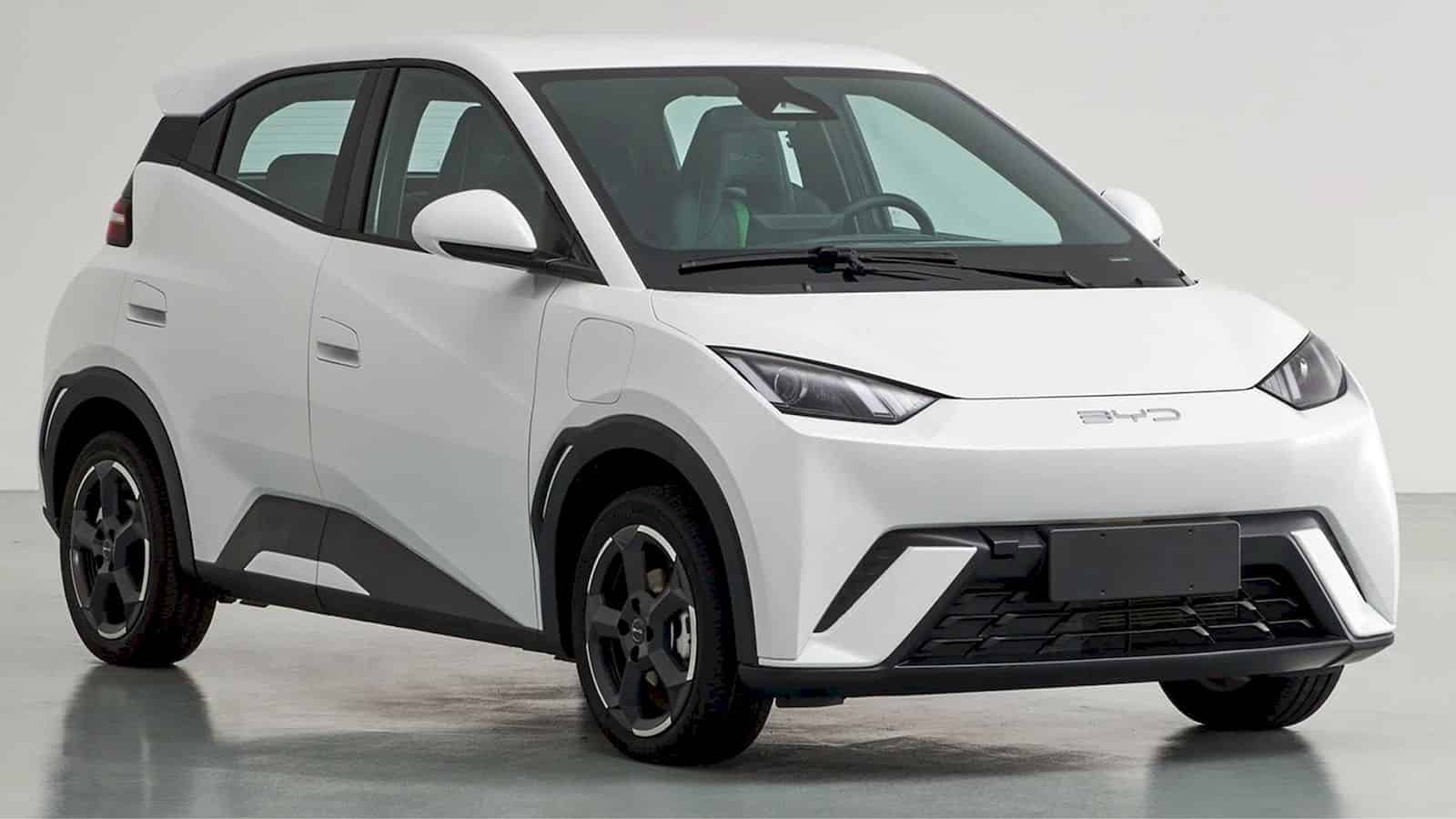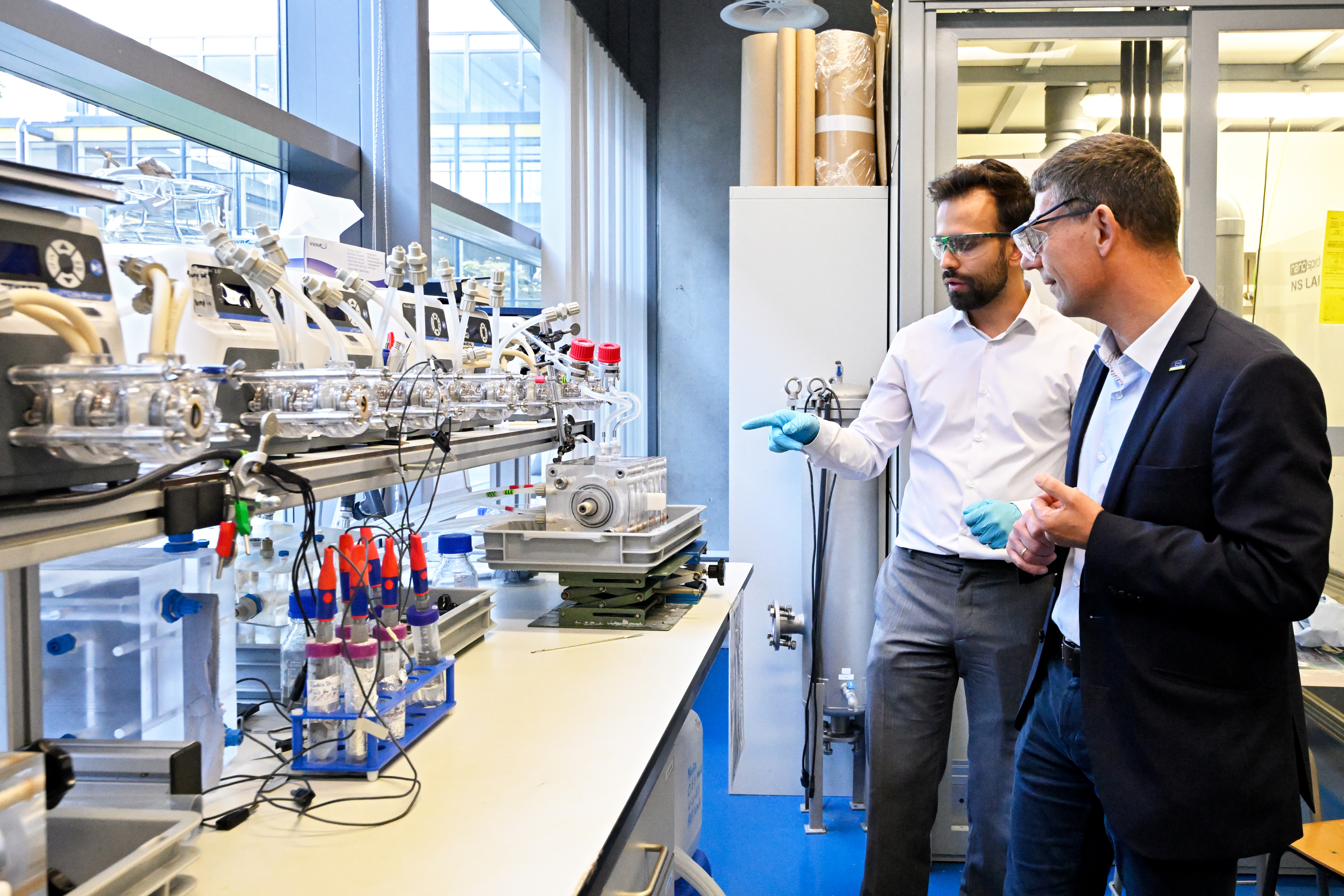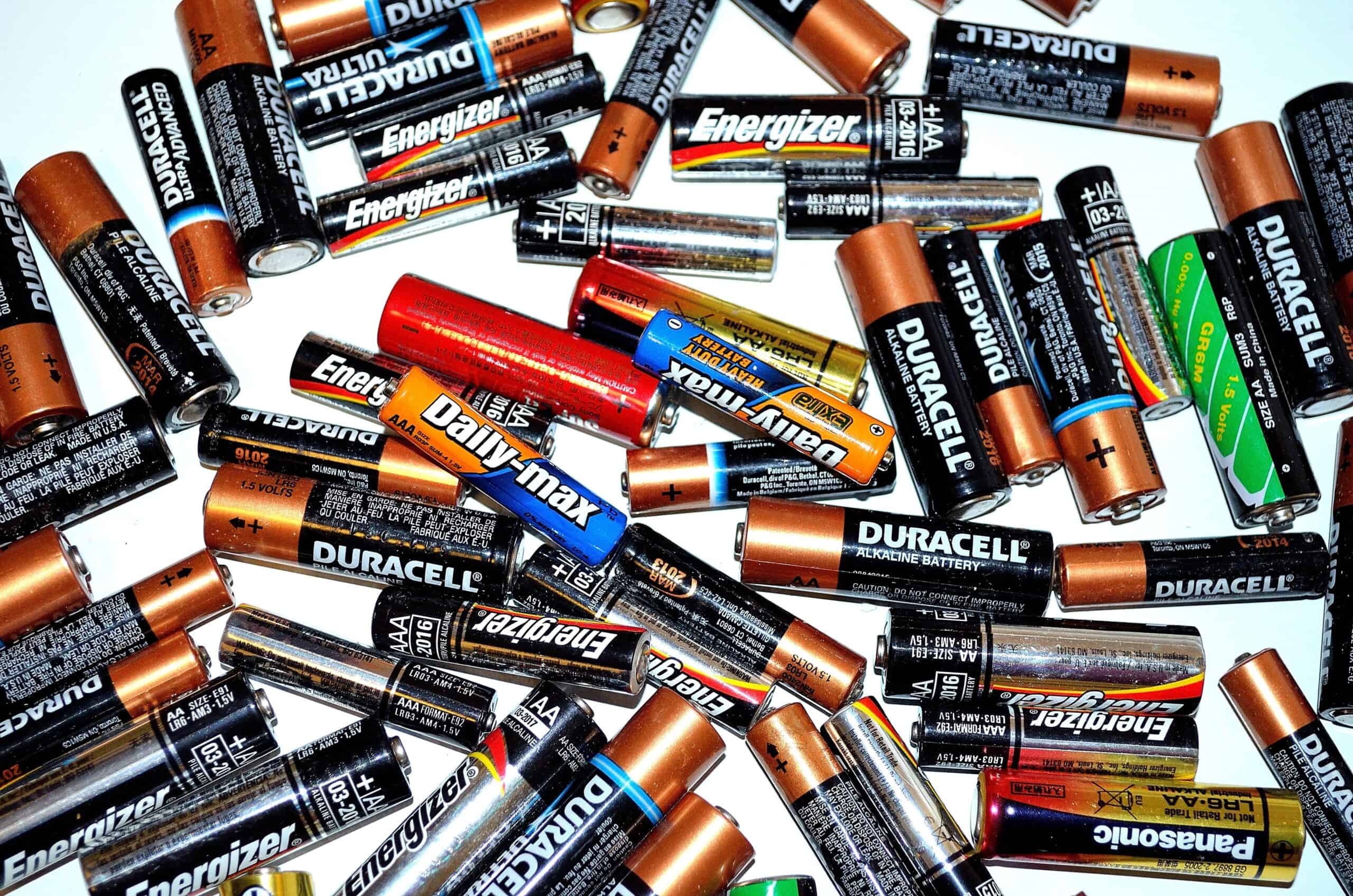
1. Battery invention from Delft lab can extend battery service life
The advancement of batteries is important for the energy transition. Now, Marnix Wagemaker, Dutch professor of electrochemical energy storage, and his colleagues have increased the chaos in a battery by mixing five salts together. That chaos soon transformed into something remarkable: A significant increase in the battery lifespan. “The lifespan of Li-ion batteries is an important piece of the puzzle, especially for new generations of batteries.”
Inside a lithium-ion battery is a substance, an electrolyte, made up of a liquid containing lithium salt. The positively-charged lithium ions in it ‘swim’ between the plus and minus of the battery as it charges and discharges. Especially when they reach the minus, the liquid and salt breaks down. This causes a layer of broken electrolyte to form, and the more stable this layer is, the longer the lifespan of the battery. By making a cocktail of five different salts, the Delft scientists enabled this layer to become more stable, which improved its lifespan.
Lifespan is a particularly challenging factor for future lithium-ion batteries that are aiming for higher energy density levels which will ultimately allow an electric vehicle to travel farther. The current findings could therefore be of significance in accelerating the development and introduction of these types of new batteries.
Why this is important:
An edible battery or a banana shaped battery: these three developments underscore the relentless pursuit of innovation in battery technology, offering promising solutions to address the world’s energy needs in an increasingly sustainable manner.
2. Power your meal: World’s first edible battery unveiled
Researchers at the Istituto Italiano di Tecnologia have developed the world’s first edible battery, fueled entirely by food ingredients. The anode is made from riboflavin (vitamin B2), found in almonds, while the cathode uses quercetin, a food supplement present in capers. Activated charcoal, a widespread over-the-counter medication, is added to increase electrical conductivity. The electrolyte in the battery is water-based, and the separator, which prevents short circuits, is made from nori seaweed, commonly found in sushi.
To create a fully edible and safe battery, the electrodes are encapsulated in beeswax, and two contacts made from food-grade gold foil are used on a cellulose-derived support. The resulting battery cell is designed to operate at 0.65 V, a voltage low enough not to cause problems in the human body when ingested. It can provide a current of 48 μA for 12 minutes or a few microamps for over an hour, which is enough to supply power to small electronic devices, such as low-power LEDs, for a limited time.
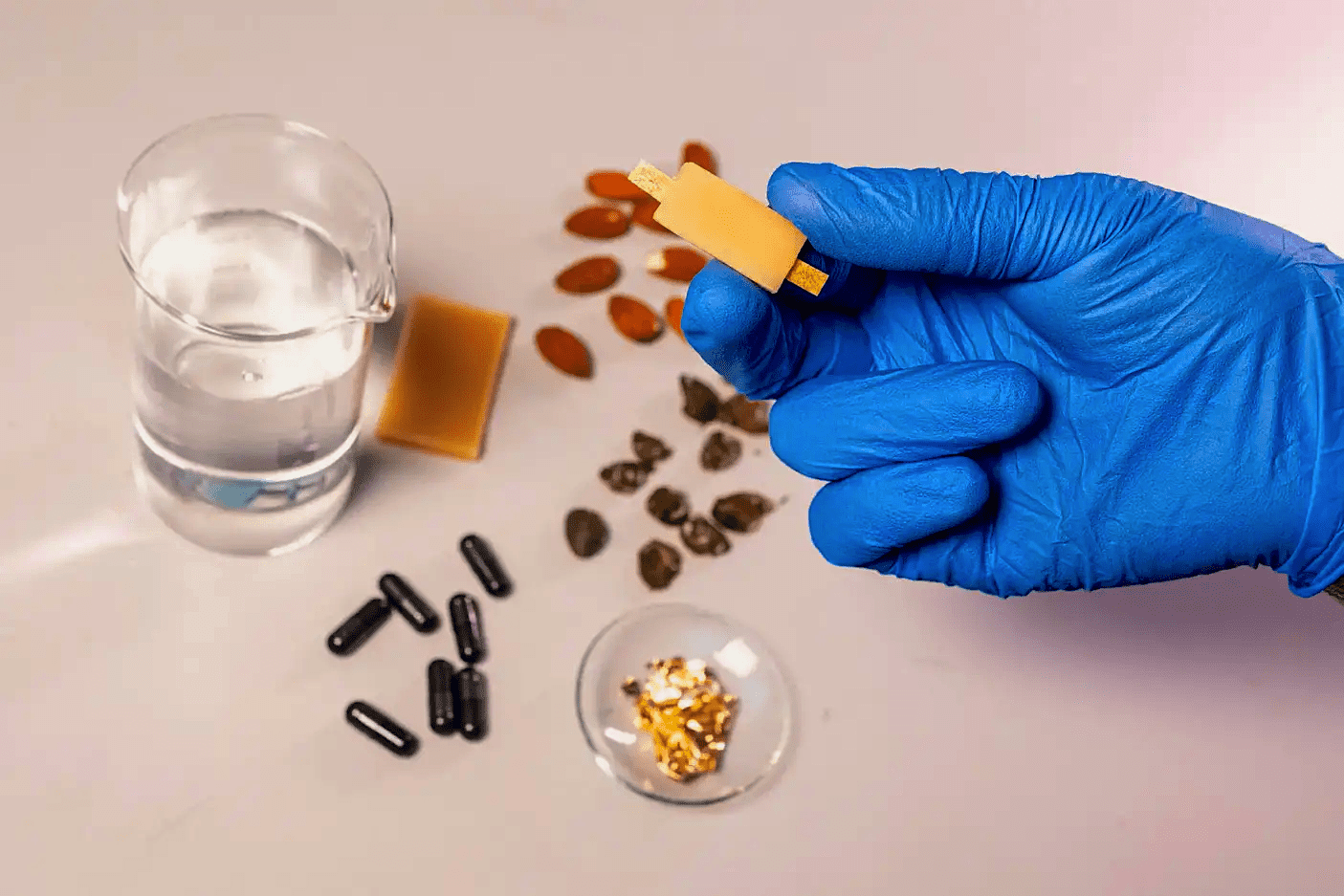
3. Team Electric Superbike Twente adds an innovative battery-swapping system
Electric Superbike Twente developed an electric racing motorcycle called Vector-ST. The motor was showcased with an innovative battery-swapping system. The new system allows for the easy removal and replacement of the 860-volt battery pack from the motor within 30 seconds. According to technical manager Marijn van Hilten, the advantages of this system are: “The range is no longer a limiting factor in electric racing, which is currently seen as a significant disadvantage.”
Developing a battery-swapping system led to several other modifications to the Vector-ST components, which were explained during the presentation. In previous generations of racing motorcycles, the battery was always fully integrated into the frame, requiring significant changes to the frame itself. The battery pack underwent substantial changes in shape, size, and power, resulting in a much lighter overall motor. The new motor weighs 35 kg less than the previous racing motorcycle, which weighed 220 kg. This weight reduction improves the agility and speed of the new motor.
This is an article from our magazine IO Next: Energy Storage. In the puzzle of our new energy system, balancing supply and demand for energy is the greatest challenge. And that’s why we dedicate this magazine to that crucial puzzle piece.





